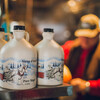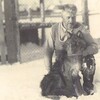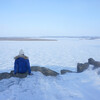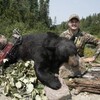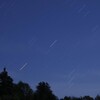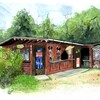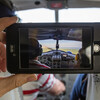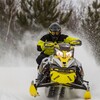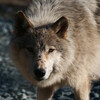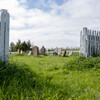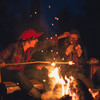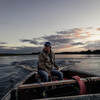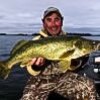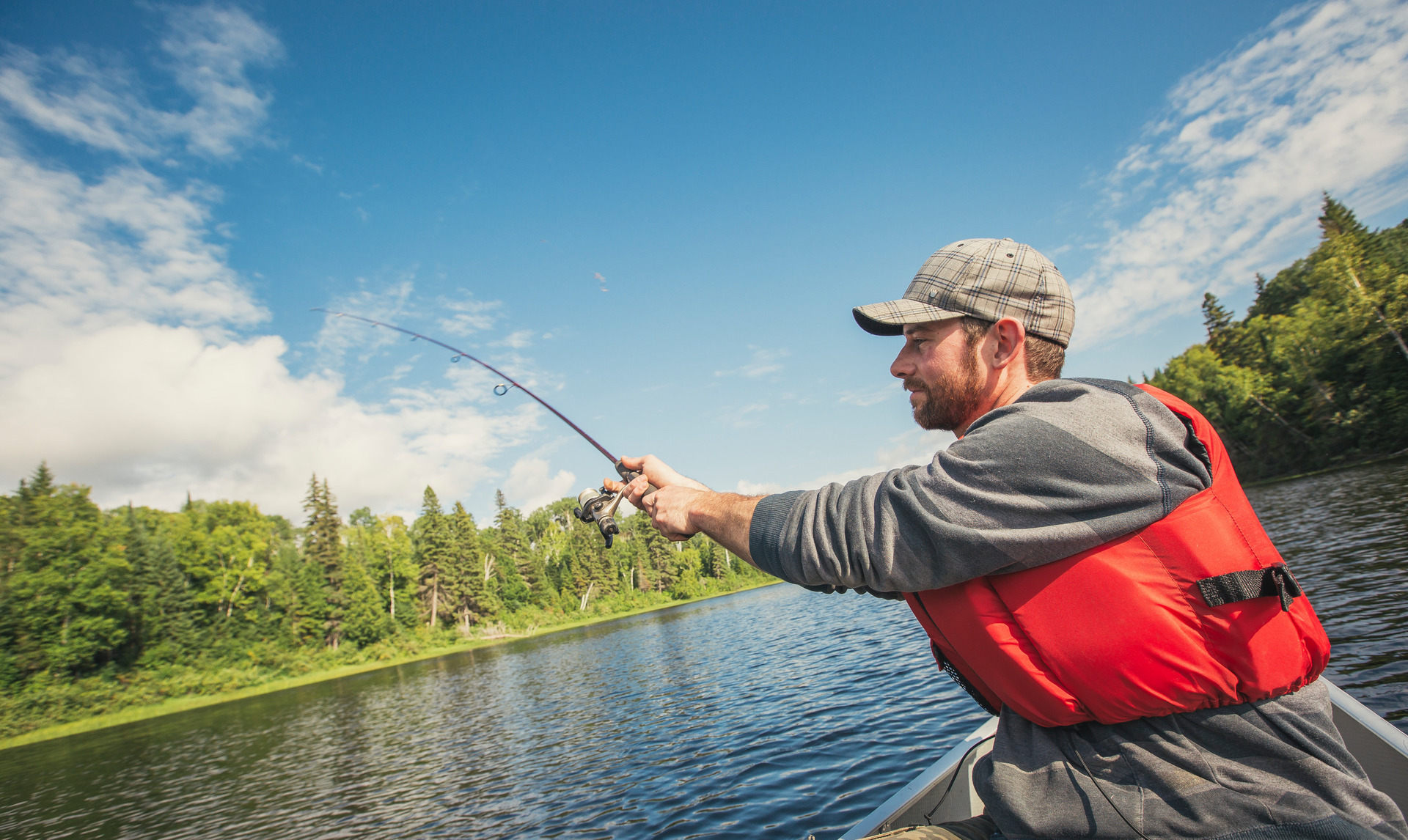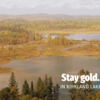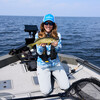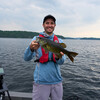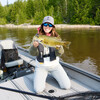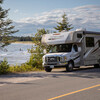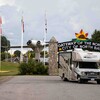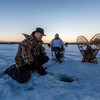
Spring Into Walleye
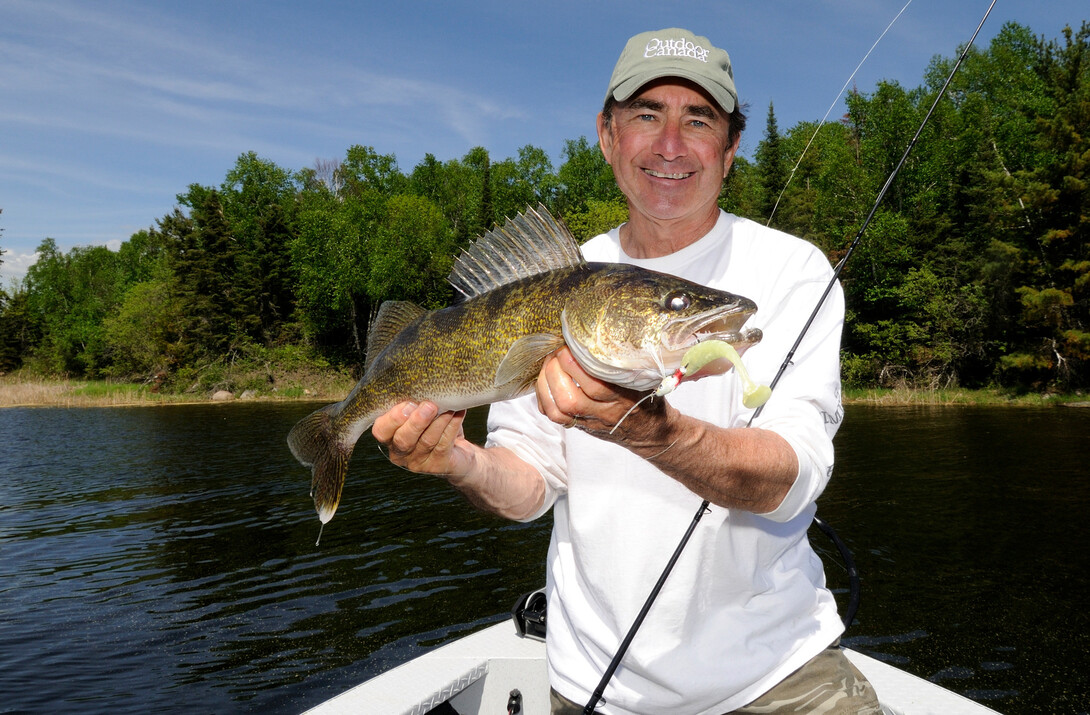
Much warmer weather is right around the corner. Along with these glorious spring days, the walleye season will arrive in all its majesty in Northeastern Ontario. Indeed, while others rely on groundhogs and calendars to mark the end of winter and the beginning of spring, like a lot of anglers who enjoy fishing the walleye-rich waters of the northeastern part of the province, I use the opening day of the walleye season as my benchmark.
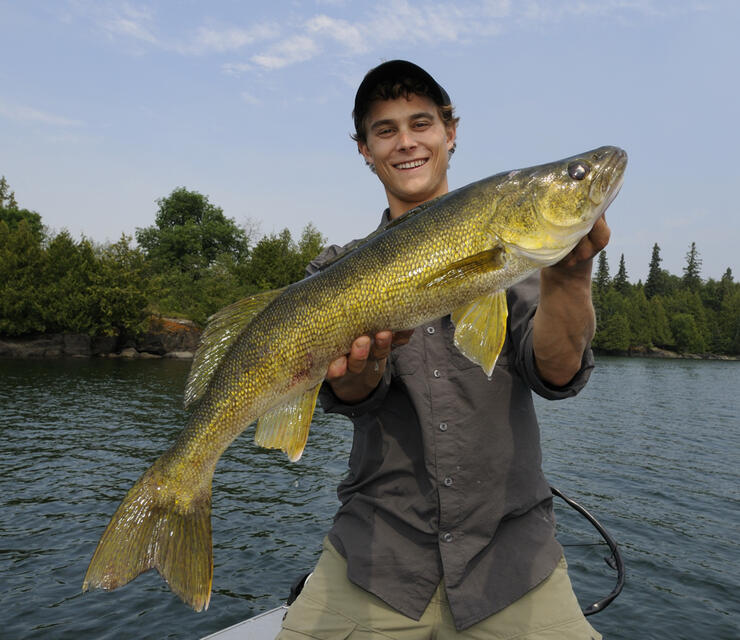
I find it much more satisfying, rewarding and promising. It is always a fun contest, sorting out the fish and this year promises to be no exception.
Targeting Walleye on Opening Day
When opening day rolls around on May 20th, depending on where you fish, you're likely going to find the walleyes in one of the three stages of the spawning cycle - either pre-spawn, spawn or immediate post spawn.
Indeed, in some of the deeper and larger bodies of water like Lake Nipissing, Lake Temagami, Kesagami Lake, the Lady Evelyn Smoothwater system, as well as the Groundhog, Mattagami, French and a host of rivers feeding the north shore of Lake Huron, anglers are likely going to find the fish in all three stages of the spawn at the same time. This gives us a helpful hint about where we can expect to find them.
Walleye begin laying their eggs shortly after ice out when water temperatures warm to between 44°F and 48°F (6.7°C and 8.9°C). But here's the key: they select shallow, baseball- and basketball-size bouldery shorelines where the eggs can settle into the cracks and crevices, away from the marauding mouths of hungry perch, suckers and panfish.
They also seek out areas that are exposed to the wind and waves, or current in the case of rivers, so that the moving water can clean and aerate the eggs. In lakes, this means the mouths of creeks, streams and rivers are prime spots to fish in the spring, as well as rocky shorelines exposed to the wind.
In rivers, the shallow areas below dams, rapids and waterfalls not only provide ideal spawning habitat for walleye, but they also concentrate the fish in large numbers.
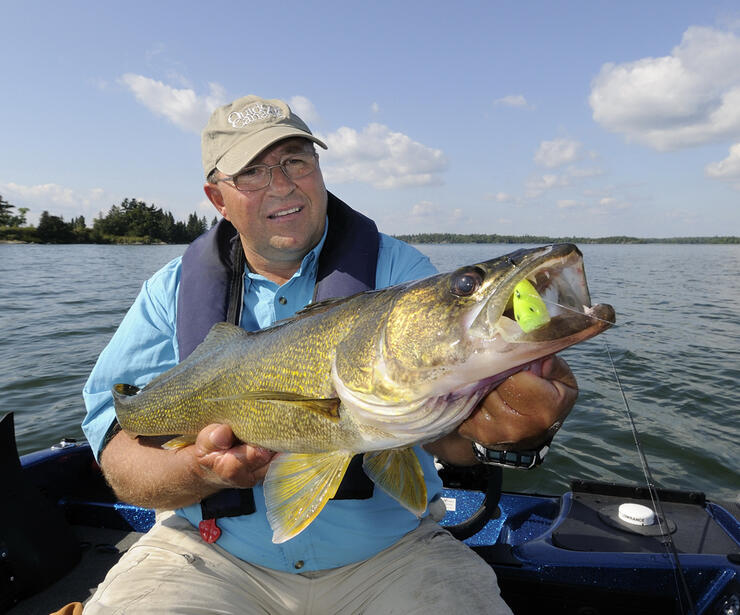
By the way, walleyes tend to confine their egg-laying duties to the late evening hours when you can find them in knee deep water, but during the day, they will move out to the security of adjacent deeper sections to bide their time.
Here are two other quick, spring, locational tips to keep in mind. Shortly after spawning, walleyes will retreat to nearby shallow bays and coves where the water temperature is typically hospitable and where schools of shiners and yellow perch - two favourite food items - abound.
But there is an exception. The largest trophy-size fish, almost always the females, will often abandon the spawning areas quickly in search of what biologists call "deep-water refugias" - typically the main lake structures you fish in the middle of summer - where they target soft-rayed forage fish like ciscoes, whitefish and smelt.
The big girls retreat to these deeper areas in order to reduce their metabolic demands and thus, devote more energy to growing bigger in order to produce more eggs.
Which means that in the spring, if you want to catch numbers of aggressive small and medium size walleyes, with the chance of a big fish or two, concentrate your fishing in and around the shallow spawning areas and nearby bays. But if you've set your sights higher, and you're prepared to trade quality for quantity, head for the much deeper main lake structures and cover.
Hmmm, choices, choices and more choices.
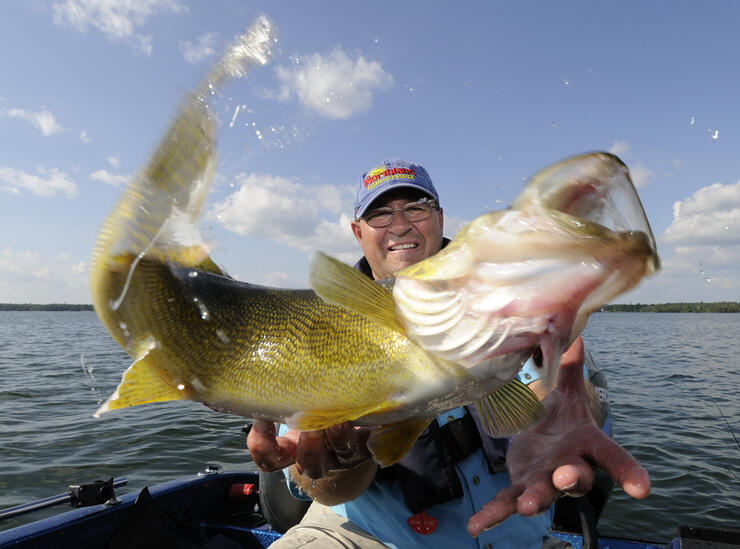
Bait + Lure Options
Speaking of options, it pays to have a variety of bait and lure arrows in your quiver, starting with jigs. The reason jigs - especially red, orange, yellow, chartreuse and green coloured ones - are typically the "go to" bait in the spring is they afford you maximum flexibility. So, if the water is icy cold and the fish are lethargic and relating to the bottom in heavy current, a 1/2-ounce or even a 3/4-ounce jig will let you to hover over the fish and drop a lively lip-hooked minnow on their noses.
On the other hand, if you're fishing a smaller lake where the water has warmed up and the walleyes have spawned and migrated to a nearby tepid bay, you can pitch a much lighter 1/16-ounce to 1/4-ounce jig and minnow combination into the warm water and nab aggressive fish.
Speaking about hard-hitting walleyes, I wrote a recent blog about a hitherto secret spring walleye technique developed by elite Ontario walleye pro, John Butts that involves trolling weightless spinners. You can read about the tactic here, but trust me, John's technique will work in your favourite Northeastern Ontario walleye haunt this spring.
Last, but by no means least, remember those whale walleyes I mentioned that are feasting out on the main structures and cover? You can catch them casting your favourite 4-, 5- and 6-inch soft plastic swimbaits attached to 1/2-, 3/4- and 1-ounce jigheads.
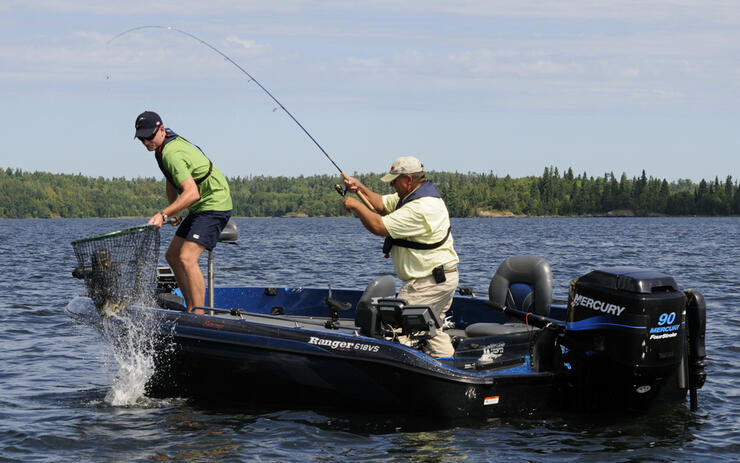
You need a 7-foot long, medium heavy action spinning rod to handle the beefy package and a 3000 series reel spooled with a quality, non-stretch, 14-pound test gel spun line. And I always add an 18-inch long, 15-pound test fluorocarbon leader to the end using back-to-back uni-knots.
Simply cast out the swimbait and let it settle to the bottom. Then, snap up the rod tip to get the paddletail kicking, pause for a brief second while you drop the tip back down and then repeat the procedure as you retrieve your lure back to the boat, visualizing the lure swimming within a foot or so of the bottom at all times.
It is the single best trophy walleye technique we've ever discovered, our biggest fish being a mammoth 35-inch long giant that pulled the scale down past the 15-pound mark, before we carefully set her free.
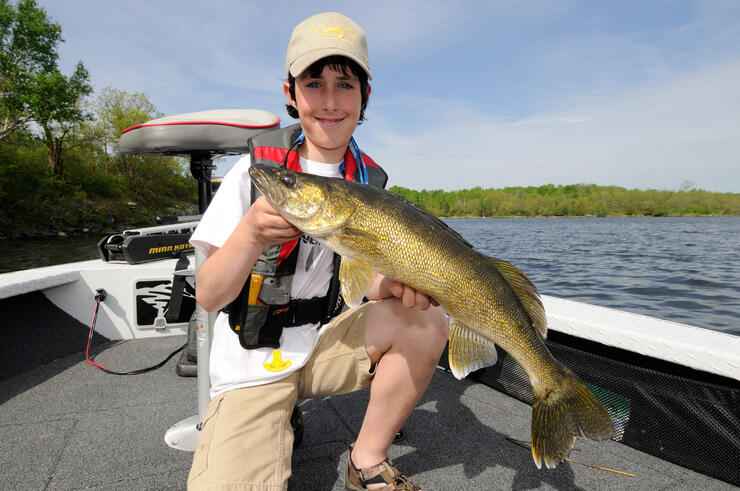
Recommended Articles
The Seven's Best Hikes, Biking Trails and Lakes

7 Best Spots to Check Out in The Seven
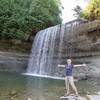
Budget Bliss: Explore Northeastern Ontario Without Breaking the Bank

Bring Your Fam!
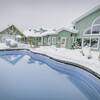
Time to Unwind: 6 Spa Havens to Discover In The Seven
5 Amazing Places to SUP in Northeastern Ontario
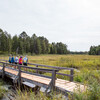
5 Amazing Bike Rides to Discover
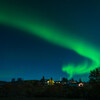
Northern Lights in Northeastern Ontario

Northeastern Ontario's Best Pride Festivals
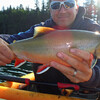
Fish for one of the World's Rarest Species of Trout

An Insider's Guide to Manitoulin Island
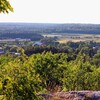
6 Small-Town Gems to Explore in Northeastern Ontario

11 Best Things to Do in Kapuskasing, Ontario



